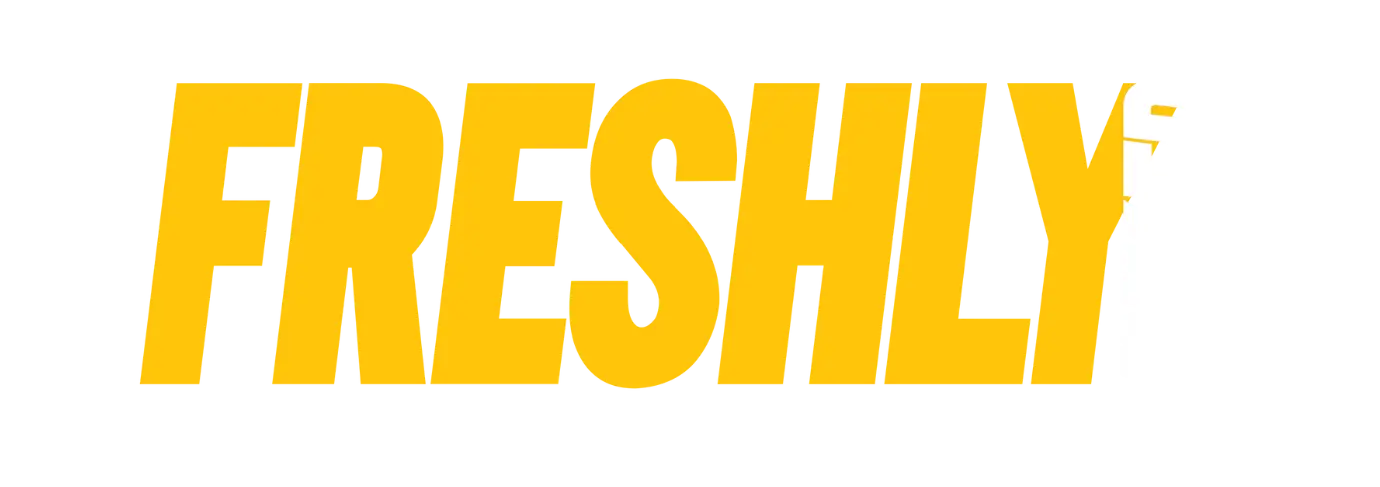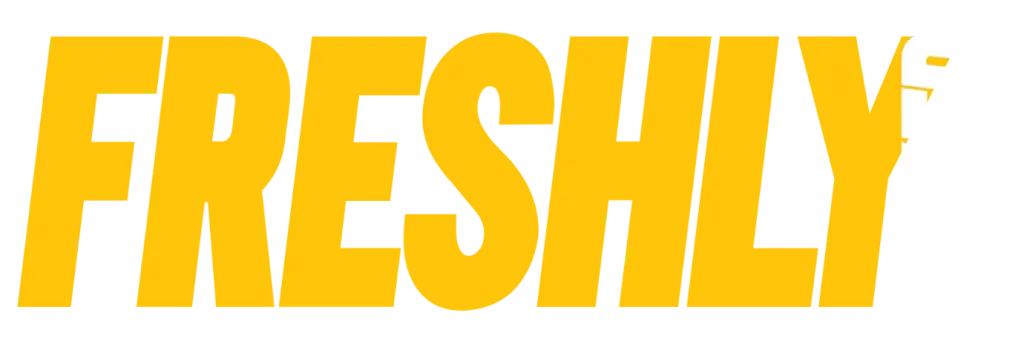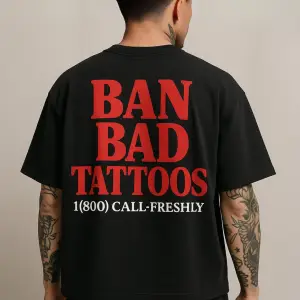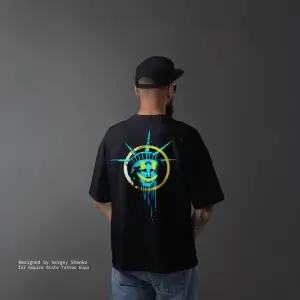Meet A.E.R.O.: Bang Bang NYC’s New Tattoo Artist Is A Robot
Tattooing has always evolved: from hand-tapped tools to coil machines to rotary pens, and finally wireless setups came around. Yet a new chapter just opened in New York: a robot is tattooing real clients!
A.E.R.O., developed by the tech startup Blackdot in collaboration with BangBang, offers unmatched precision for detailed work. The question now is not if it can tattoo, it’s what this means for the future of the industry.
What is A.E.R.O.?
A.E.R.O. is a robotic arm outfitted with a custom triple-pointed tattoo needle that deposits ink at a depth of 250 microns, significantly shallower than standard machines. This lighter approach aims to minimize skin trauma and improve healing. It doesn’t make any creative decisions, instead, it translates a digital design into thousands of microscopic dots, mapping the client’s skin using laser depth scans and referencing those points with microscopic precision.
According to the team behind it, the goal is not to replace human artists but to offer a way to execute hyper-detailed, predesigned tattoos with mechanical accuracy. While human touch and improvisation remain essential to most tattoos, A.E.R.O. invites a new category: ultra-precise, machine-assisted applications, fully controlled and supervised by professionals.
BangBang explained this in a People Magazine interview:
“If someone comes in and wants a tattoo from Mr. K, but he’s not here, he could still draw the art and the robot could do the tattoo.”
Who’s Behind It?
The project began with Blackdot, a tech-driven startup partnering with Bang Bang, known for high-end craftsmanship and celebrity clientele, grounds the project in real-world artistry. CEO Joel Pennington has compared A.E.R.O.’s arrival to the printing press, hinting that resistance might fade once its potential is realized.
In an interview with The Verge, Pennington clarified that this is not a tattoo robot. It doesn’t make high level, autonomous decisions. He emphasized that A.E.R.O. is fundamentally a tool under human control, designed to handle specific tasks, not to replace artistic intent.
But naturally, there have been mixed reactions.
Some artists see A.E.R.O. as an extension of modern tattooing’s evolution, a tool like tattoo machines. Others fear what automation could mean for the craft, connection, and role of the artist.
Much of the criticism centers not on the machine’s capabilities, but on what it might take away: the organic connection built between artist and client.
And yet, the same concerns were once raised about rotary pens, wireless machines, even stencil apps. Each time, tattooing didn’t vanish, it adapted.
Not the End of Tattooing
At the end of the day, A.E.R.O. has the potential to reshape the industry but artists aren’t going anywhere. The emotional exchange, the hand-drawn line, the creative spark, none of that is programmable. What we’re witnessing is a fork in the road: one path remains rooted in tradition, the other explores how technology might serve art.
If clients start seeing robotic tattoos as faster or more precise options, will their expectations shift? Will shops feel pressure to offer machine-assisted tattoos? Will tattooing become more transactional for some, while others double down on the deeply human side of the experience?
Like every turning point in tattoo history, how we respond will shape what comes next.
SHOP FRESHLY EXCLUSIVES
-
Sold By: Freshly InkedStreetwear
Ban Bad Tattoos | Freshly Inked Spring ’25
$35.00 Select options This product has multiple variants. The options may be chosen on the product page -
Sold By: NY Empire State Tattoo ExpoConvention Merch
Empire State Tattoo Expo | Liberty Drip
$35.00 Select options This product has multiple variants. The options may be chosen on the product page - Sold By: Mad Rabbit
- Sold By: Mad Rabbit








